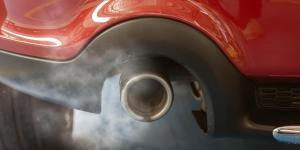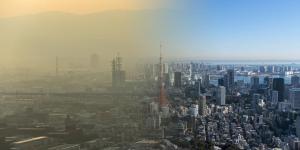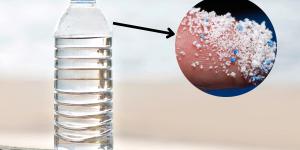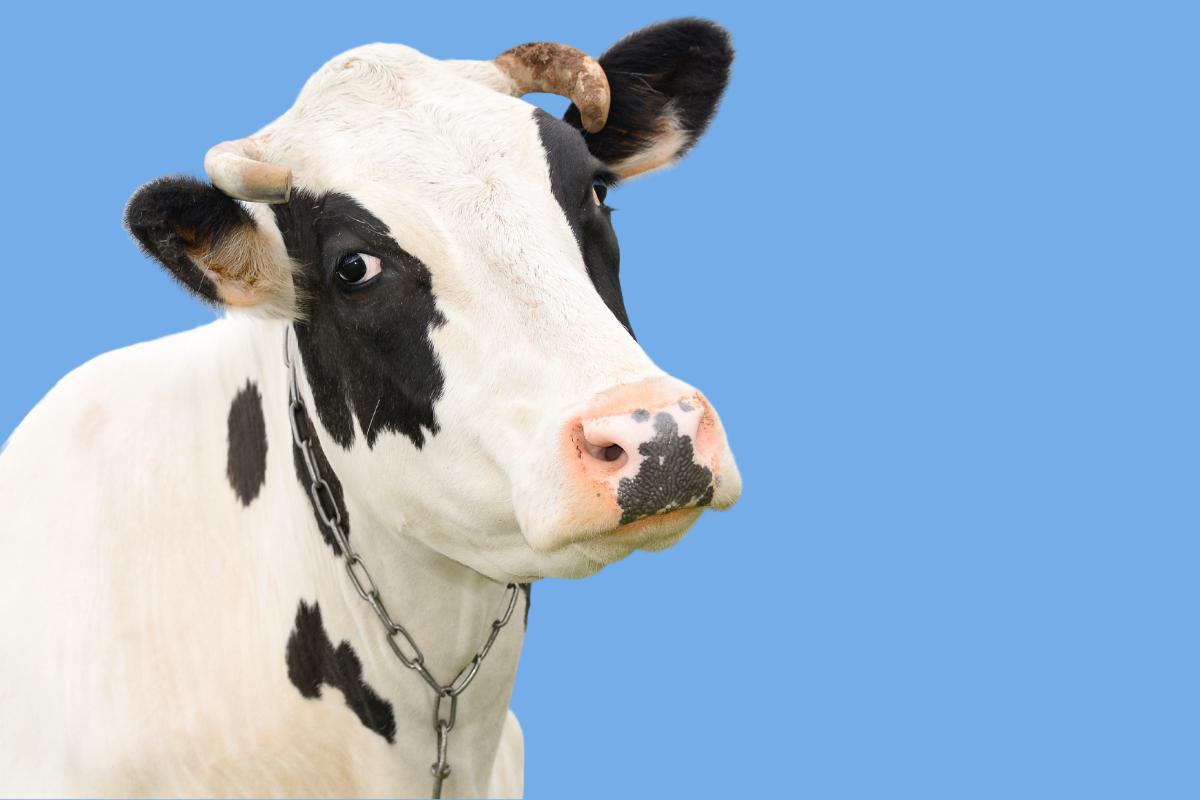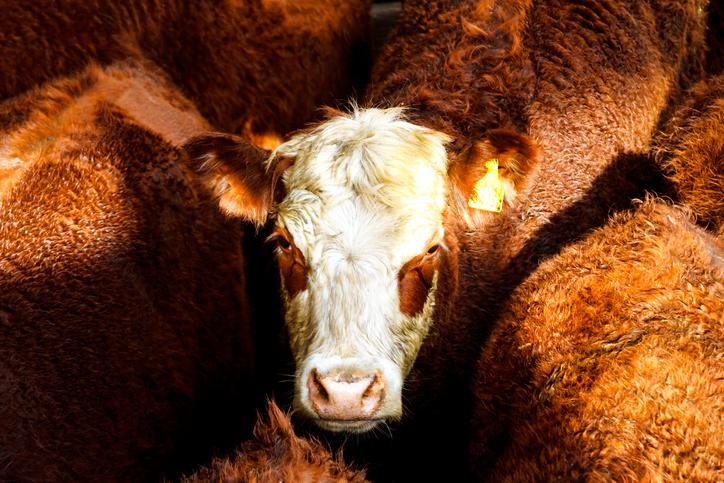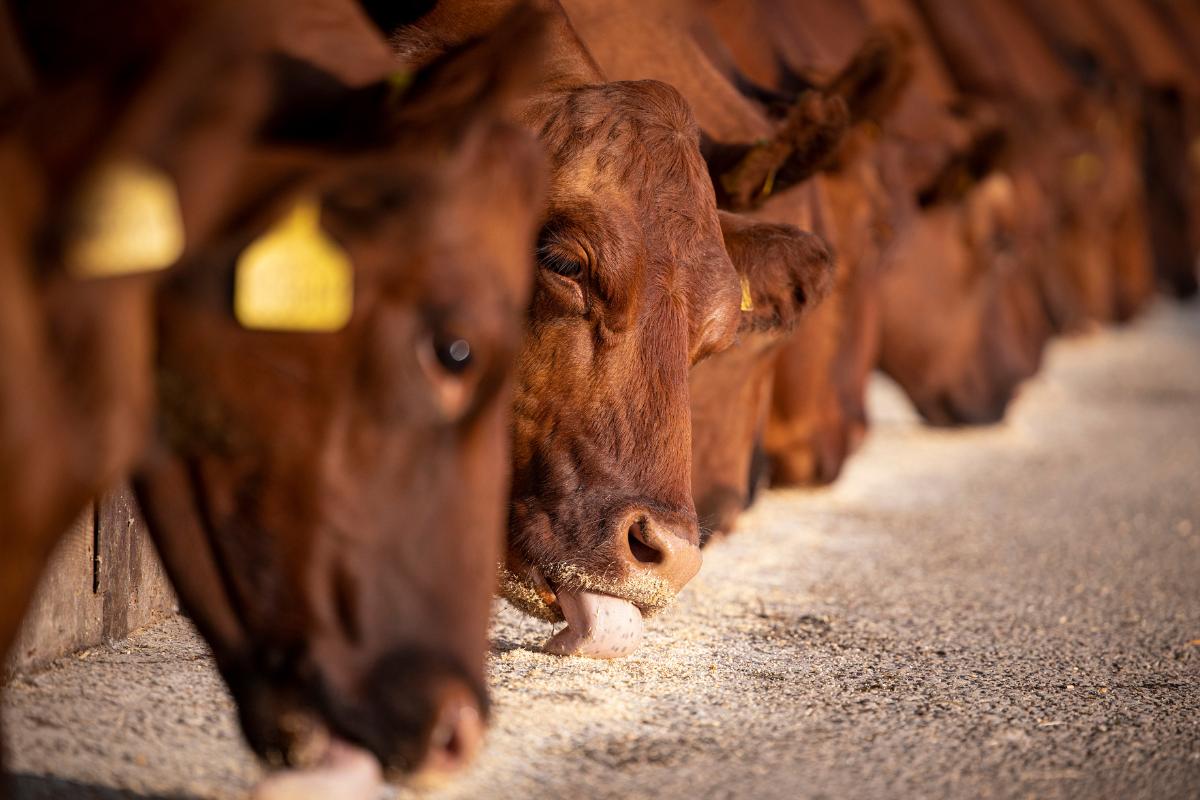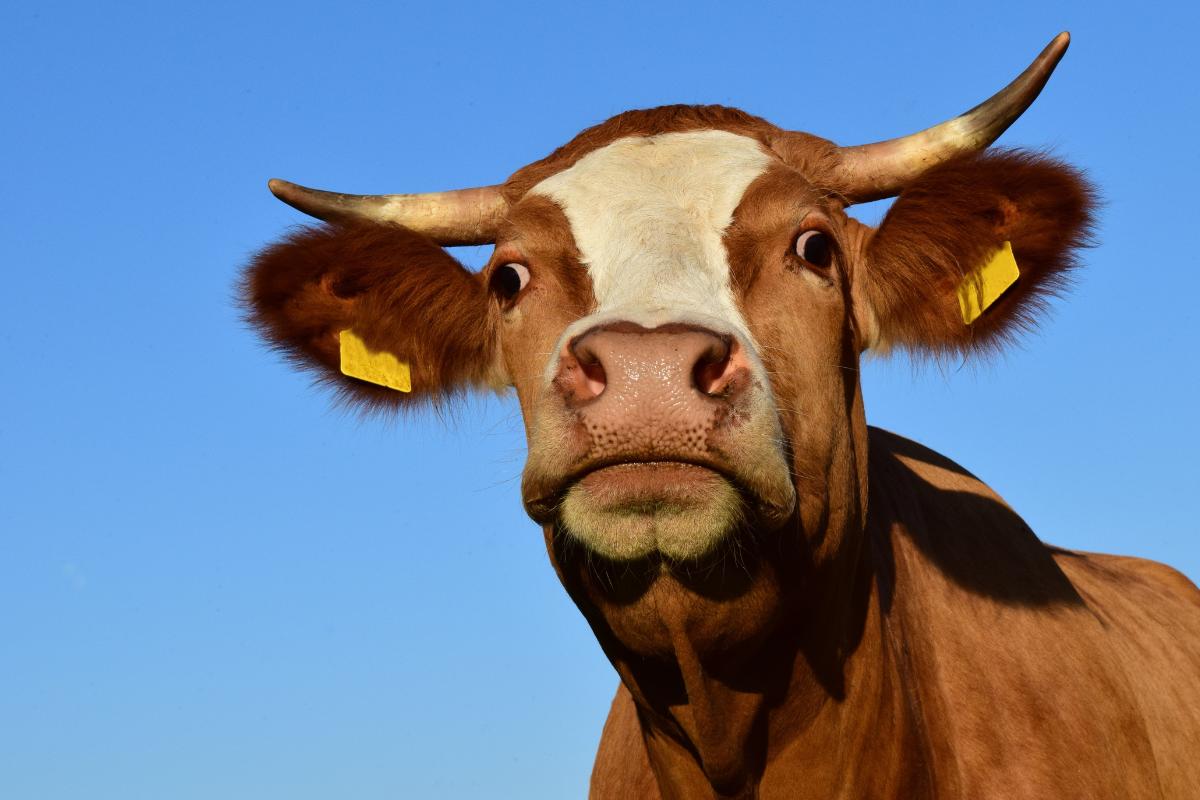Are Cows Bad for the Environment?


The connection between cattle and climate change is a complex and highly debated environmental issue. While cows have been a part of Earth's ecosystems for ages, the rapid expansion of industrial livestock farming has turned them into major contributors to global greenhouse gas emissions. However, the question of whether cows are "bad" for the environment isn't straightforward. The environmental impact of raising cattle varies significantly depending on how they're raised, where they're raised, and the scale of the operation.
In the following article by thedailyECO, we will look into the question of whether cows are bad for the environment, by exploring the science of cattle emissions, examining their wider environmental footprint, and investigating potential solutions to minimize their impact.
What are the emissions of cows?
Cows are an important source of greenhouse gas emissions, primarily due to their digestion and manure. The main culprit is methane (CH4), a powerful greenhouse gas that cows produce in large amounts.
Cows have a unique digestive system that allows them to break down tough plant material. This process, called enteric fermentation, happens in their rumen, which is the first stomach compartment. Microorganisms help break down complex carbohydrates, producing methane as a byproduct.
How is methane produced by cattle?
Cows release this methane mostly through burping. A single dairy cow can produce a staggering amount of up to 400 liters of methane every day.
Manure management is the other major source of emissions. When cow manure decomposes, especially in liquid form (common on large dairy and beef farms), it releases both methane and nitrous oxide. These oxygen-free environments are ideal for methane-producing bacteria.
Enteric fermentation from livestock accounts for about 27% of U.S. methane emissions and about 3.5% of all U.S. greenhouse gas emissions. Globally, livestock are responsible for about 14.5% of all greenhouse gas emissions, with cattle being the biggest contributors.
Why is methane a problem?
Methane is especially problematic because it's a very potent greenhouse gas. Although it doesn't stay in the atmosphere as long as carbon dioxide (CO2) it's much more effective at trapping heat, roughly 28-34 times more powerful over a 100-year period. So, even though cows produce less methane than humans produce CO2, their impact on global warming is substantial.
Ever wondered how a cow's complex digestive system actually works? Explore the journey through their multi-chambered stomach.

What is the environmental footprint of livestock?
Livestock farming's carbon footprint extends far beyond direct animal emissions, creating a complex web of environmental challenges.
One of the most significant impacts comes from land-use changes, particularly deforestation. Approximately 80% of all agricultural land is dedicated to livestock farming, either for grazing or growing animal feed. In regions like the Amazon rainforest, cattle ranching is responsible for roughly 80% of current deforestation, releasing stored carbon from trees and soil while simultaneously reducing the Earth's capacity to absorb CO2.
Water quality degradation represents another critical environmental concern. When rain falls on livestock operations, it can carry manure, antibiotics, and excess nutrients into nearby water bodies. A single dairy farm with 2,500 cows produces as much waste as a city of 411,000 people.
Unlike human waste, which undergoes treatment, animal waste often flows directly into waterways or seeps into groundwater. This leads to nitrogen pollution, where excess nutrients cause algal blooms in water bodies, resulting in eutrophication. This is a process that depletes oxygen levels and creates "dead zones" where aquatic life cannot survive.

Are cows worse than cars for greenhouse gas?
Comparing livestock and transportation emissions reveals some surprising facts about their impact on the climate. While transportation accounts for about 14% of global greenhouse gas emissions, livestock farming is responsible for a similar 14.5%. However, the types of pollution they create are very different.
Transportation mainly produces CO2 from burning fuel, while livestock generate a mix of greenhouse gases, including methane and nitrous oxide, which have a much stronger warming effect.
It's important to remember that industrial pollution and burning fossil fuels are still the biggest drivers of climate change, accounting for around 65% of global greenhouse gas emissions. Power generation alone contributes about 25%, largely from burning coal and natural gas. Manufacturing adds another 21%, combining direct fossil fuel use with electricity consumption and industrial processes.
These sources mainly emit CO2, which, while less potent than methane, lingers in the atmosphere for centuries.
Discover how traditional herding practices could hold the key to more sustainable cattle farming in our exploration of seasonal livestock migration.
How can we reduce methane emissions from ruminant animals?
It is a fact that cattle farming, while essential for food production, contributes to pollution. But there are ways to make it cleaner. It's not about one magic solution, but a bunch of smart ideas working together.
One major improvement in cattle farming is the adoption of rotational grazing. This practice involves regularly moving cows to fresh pastures, allowing the grass to recover and grow stronger. Not only does this improve soil health, but it also enhances the land’s ability to store carbon, ultimately benefiting the environment.
What cows eat is also key. Adding a little seaweed to their diet can make a big difference. Certain types of seaweed can drastically reduce the amount of methane they produce. Methane is a potent greenhouse gas, so this is a significant step. Scientists are also looking at other natural ingredients that could help.
What happens to the manure is also important. Special systems called anaerobic digesters can capture the methane from manure and turn it into biogas, a type of renewable energy. Other methods involve covering manure storage areas to prevent methane from escaping, and even processing manure into useful products like fertilizer.
There's also a way of farming called regenerative agriculture. This focuses on keeping the soil healthy by planting cover crops and reducing how much the soil is disturbed. Healthy soil can absorb and store a lot of carbon, which helps balance out the emissions from cattle.
Finally, we have more options for protein beyond traditional beef. Lab-grown meat, which is still being developed, has the potential to be much more environmentally friendly. And plant-based meat substitutes are becoming more common and popular, offering another way to reduce our reliance on beef.
Discover how modern farming techniques can actually help combat climate change while improving soil health in our comprehensive guide to sustainable agriculture.

Should we blame cows for climate change?
The role of cattle in climate change is a hot topic, and it's easy for things to get heated. Climate activists often point to cattle farming as a major source of methane, a powerful greenhouse gas, and argue that eating less beef is essential for tackling climate change. They have studies suggesting that changing what we eat can have a bigger impact on our personal carbon footprint than even giving up driving.
On the other hand, the livestock industry says that the impact of cattle is often blown out of proportion. They argue that cows grazing on grasslands can actually be good for the environment and that animals like cows have been part of the natural world for a long time. They also say that the way we compare methane to carbon dioxide over a long period doesn't really reflect how long methane actually stays in the atmosphere.
There are some common misunderstandings that make this issue even more confusing. One is that all cattle farms are created equal when it comes to pollution. In reality, how much pollution comes from cattle depends a lot on how they're raised and where they are. Another is that if we stopped eating beef, the land would automatically be used for something better. But a lot of land where cows graze isn't suitable for growing crops.
While cutting back on beef, especially if you eat a lot of it, is a helpful step towards addressing climate change, it's not a magic fix.
This discussion underscores a key challenge in climate policy, which is balancing urgent action on high-impact issues with the complexities of agriculture. Farming ¡s not just about the environment, it also affects livelihoods and global food security. Effective solutions must not only reduce emissions but also consider the economic and social realities of food production, ensuring sustainability for both the planet and the people who rely on it.
Curious about how we can transform livestock emissions into renewable energy? Discover how methane from cattle can become a sustainable fuel source.
If you want to read similar articles to Are Cows Bad for the Environment?, we recommend you visit our Pollution category.
- Chicago Climate Action Plan. (n.d.). Sources of greenhouse gas emissions. Retrieved February 20, 2025, from https://climatechange.chicago.gov/ghgemissions/sources-greenhouse-gas-emissions Germinal. (n.d.).
- Rotational grazing: Boosting healthier pastures and livestock. Retrieved February 20, 2025, from https://germinal.ie/rotational-grazing-boosting-healthier-pastures-and-livestock/
- Feed additives and ammonia emissions in agriculture. Retrieved February 20, 2025, from https://www.plantaelabs.com/feed-additives-ammonia-emissions-agriculture/
- University of Kentucky College of Agriculture, Food and Environment. (n.d.). Rotational grazing practices improve soils. Retrieved February 20, 2025, from https://grazer.ca.u

